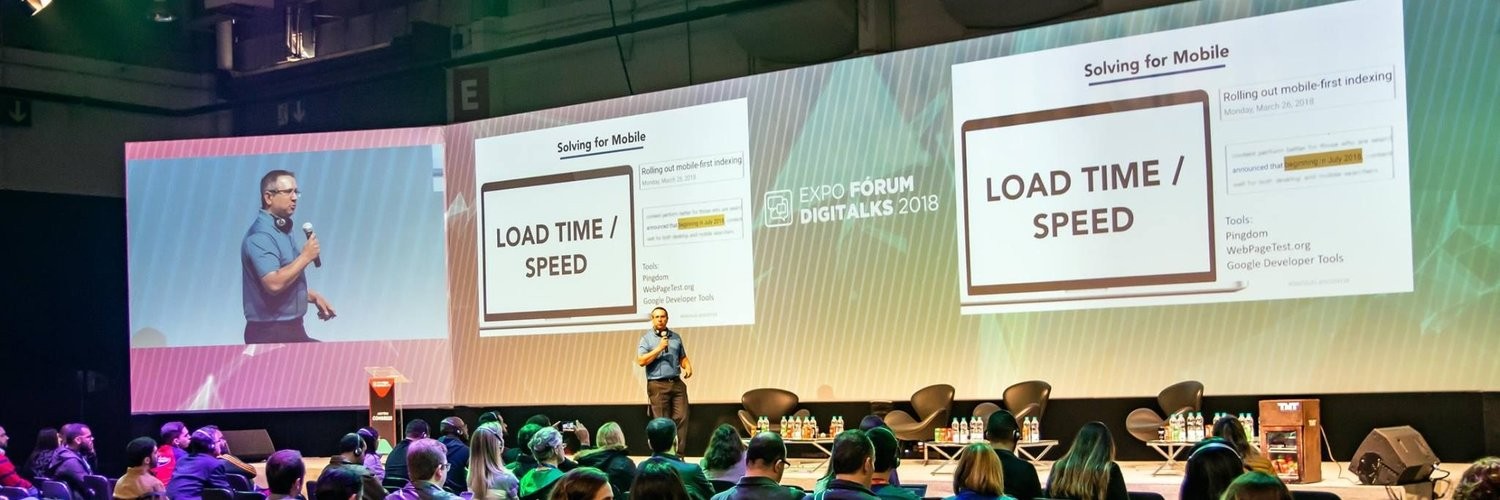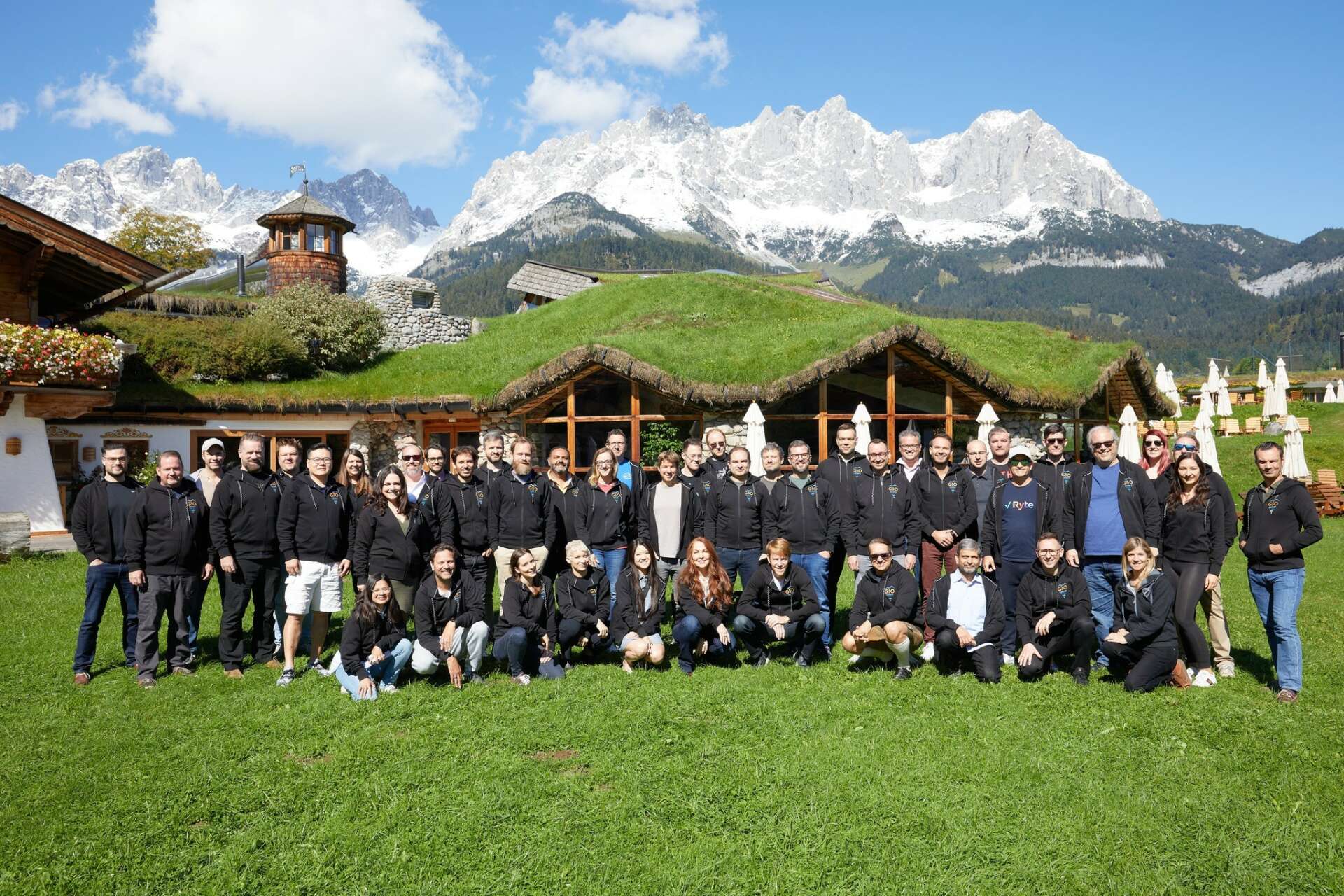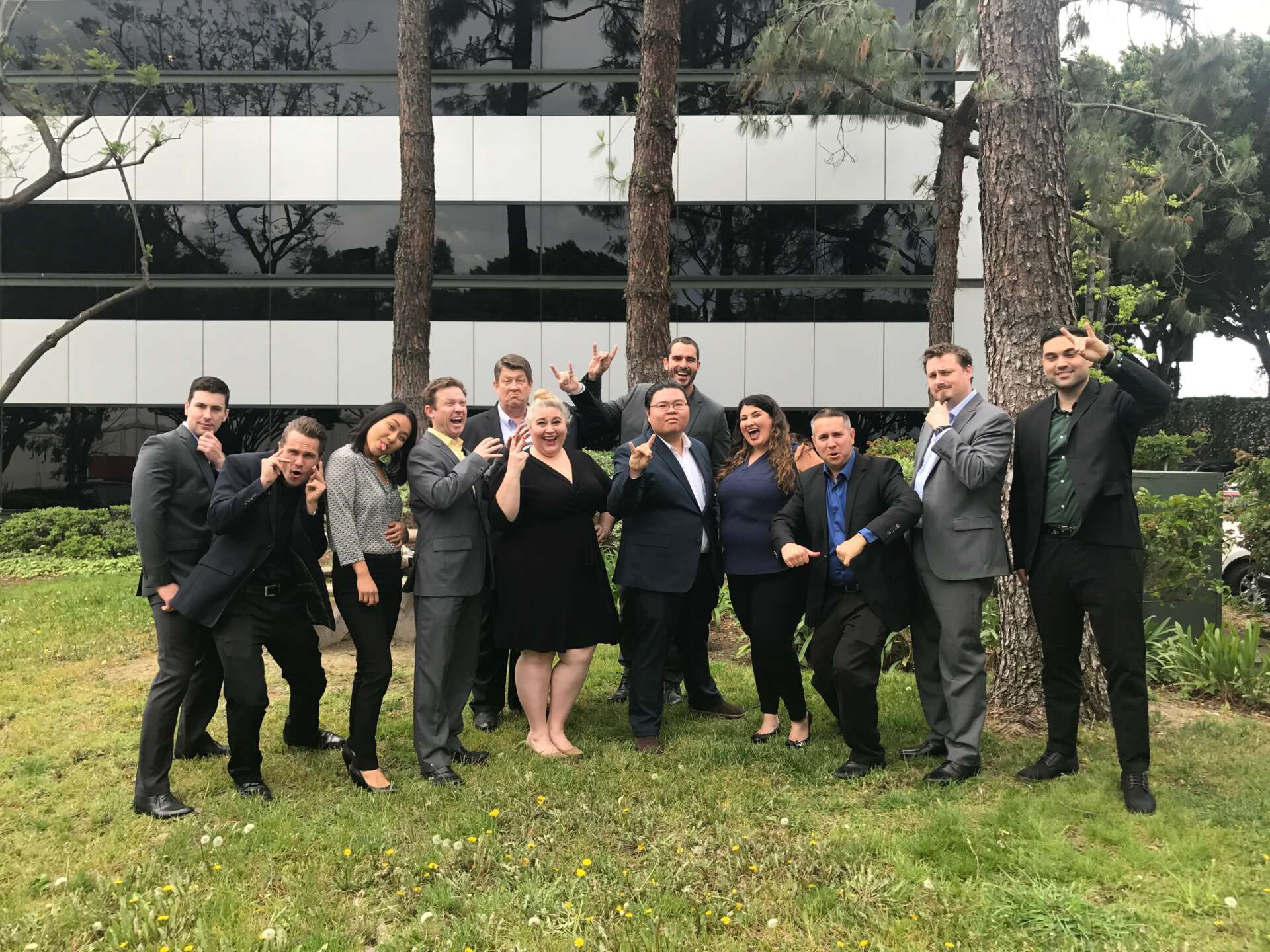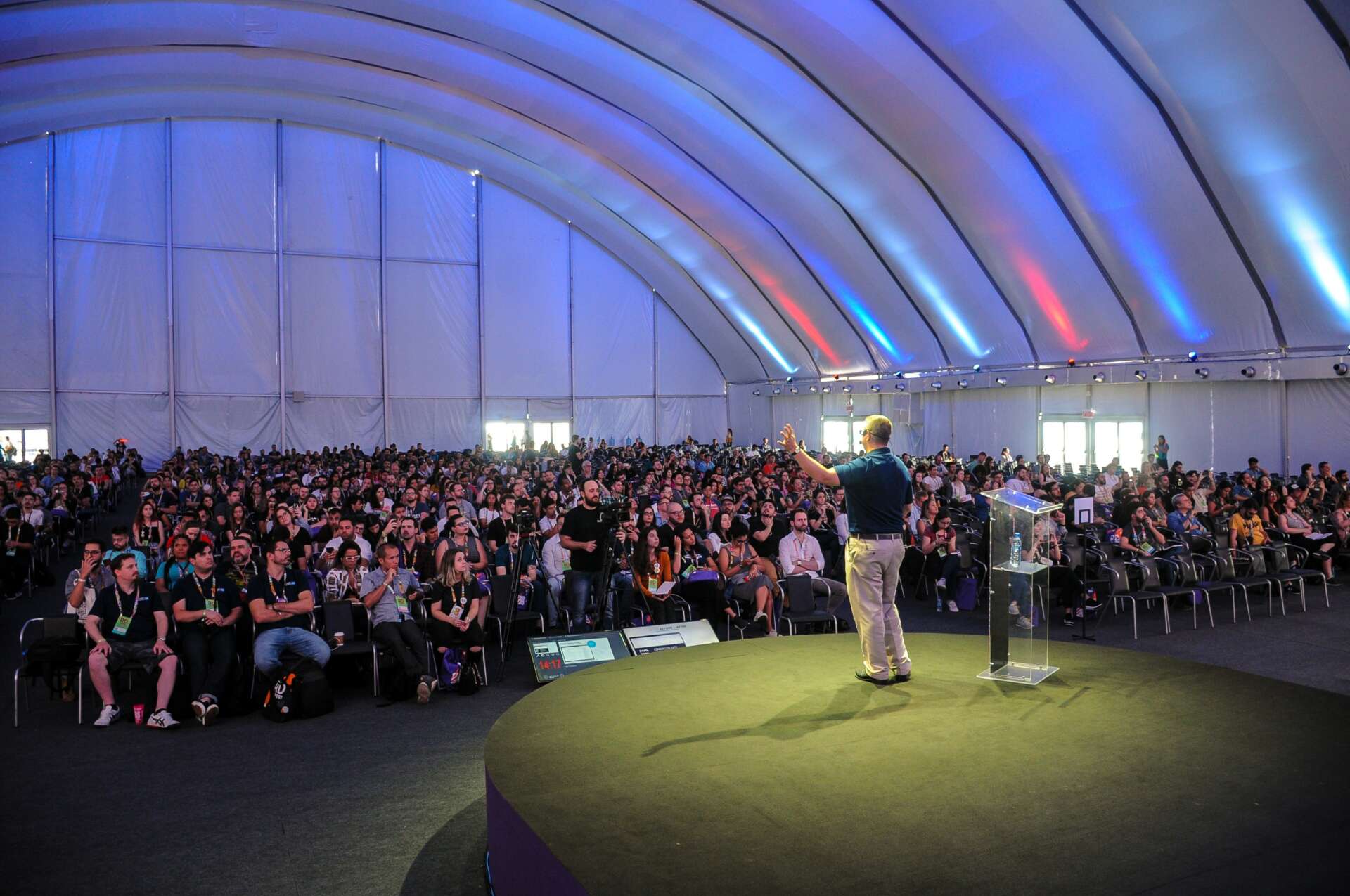We’re excited to introduce you to the always interesting and insightful Steve Wiideman. We hope you’ll enjoy our conversation with Steve below.
Hi Steve, thanks for joining us today. Getting that first client is always an exciting milestone. Can you talk to us about how you got your first customer who wasn’t a friend, family, or acquaintance?
I had a full-time job in the late 90s and got experience with digital marketing by volunteering to help friends with side businesses in building websites, and eventually figuring out how to market those websites. The word of mouth spread and I found myself doing 20-30 hours per week of free work because I was really in love with web design.
My first for-profit client came to me via word of mouth from a friend I was doing volunteer work for. It was a local car dealership trying to figure out how to appear in Yahoo!, Excite, and Altavista. Having over 30 examples of the free work I had completed was enough to gain the trust of the dealership manager and get hired to support internet marketing efforts. The fee was a whopping $500 per month, and I was more than happy to take that to get a ‘real’ client under my belt.


Awesome – so before we get into the rest of our questions, can you briefly introduce yourself to our readers.
I got into the industry out of necessity when my web design clients were concerned that their websites were not attracting new customers. I immediately fell in love with search engine marketing and optimization and never looked back. The first 5 years of my career, SEO was a side business for me, as the demand was still extremely low (I mean, Google didn’t exist yet).
Returning to college after a term the military and several years at IBM was challenging, especially since I had a full-time job. Somehow I managed to scathe through and get my B.S. in E-Business Management. My freelancing time was limited to late evenings (1-2am) and weekends, where I cultivated my craft by journaling everything I was learning from pioneers such as Bruce Clay, Aaron Wall, and Danny Sullivan. The journal eventually became my first $26 eBook that I sold on ClickBank.
I was eventually hired on at Disney Parks and Resorts Online and worked my way into the Search Engine Marketing role. I had to convince my boss that I had enough experience in SEO to take on search engine optimization responsibilities, so I worked my way to the top of the search results for “seo expert” in Google and eventually got the SEO role as well.
In 2010, I left the corporate and agency worlds behind to start my own consultancy. We incorporated in 2015 and have grown to a nearly $3m/yr organization since that time. Our team helps build a comprehensive roadmap for technical, contextual, and off-page SEO planning, with some clients hiring us on retainer to support the day to day efforts to help rank their content within search engine results.
In 2017, I started teaching at California State University Fullerton (CSUF), as an adjunct professor with self-paced online courses. Today, I teach there and at University of California San Diego and Fullerton College (10 classes total, all online, all self-paced). This lead to the need for better curriculum, so with the help of Stukent, I wrote my first textbook with co-author Professor Scott Cowley of U Michigan, entitled SEO: Strategy & Skills, which has now been adopted by over 30 universities in the United States.
Where do you think you get most of your clients from?
Word of mouth has always been the number one source of new clients for me. In my heyday, it was simply ranking number one for “seo expert” in Google. Today, digital marketing directors, managers, and CMOs take me with them whenever they move to a new organization.
However, for a new business starting out, some other ways we attract new clients is through partnerships with vertical brands and software vendors in our industry and through guest podcasting to share our expertise on industry podcasts.
For verticals, I’ll offer webinar content or be a panelist. I’ve seen over 2,000 registered attendees on a few webinars I’ve lead for software platforms. 2k potential leads for an hour of content is pretty affordable.
For podcasts, there are multiple booking agents who only help you get on other people’s podcasts, some with a guaranteed booking of 1 podcast per week, some with thousands of followers, again an hour or less of content for unlimited reach.



Let’s talk about resilience next – do you have a story you can share with us?
Even before we talk about resilience, I believe it’s important to help explain how to handle the bridge between full-time employment and entrepreneurialism. I started by freelancing during the evening and weekends until I built up just enough income to pay the bills before I made the transition, giving me an additional 8 hours per day to drum up additional business once I made the switch from employee to self-employed.
What I wish I would have done first, was to bank away 6-12 months of income to reduce the anxiety of losing a client or not brining in new business. That security blanket would have given me more confidence when doing sales. For some reason, it is easier to make more money when you already have money. People can read right through you when they know you need the money or are desperate for business.
Now the story of resilience. In 2014, I had 12 contractors working with me, 3 agencies I supported as a white label solution, and about 20 small business clients we were supporting. The liability was crazy and stressful, with some months where clients were late to pay, resulting in having to ask contractors to wait on payments, which as you can imagine is super embarrassing.
I spent a weekend doing research in 2014 and found some solutions, but the solutions also meant more risk. I could have fired everyone and tripled my income, but I’d be back to working 18 hour days and didn’t have the heart to make such an awful impact on so many families. Here is what I did:
1. I incorporated to reduce liability (it was about $2,000 total) and converted contractors to employees.
2. I discovered “invoice factoring” to allow someone else to handle collections and get a small piece of each invoice, allowing our business to get paid immediately.
3. I later discovered Fundbox, giving us a $50,000 cushion if we need to draw and payback funds to cover payrolls.
4. I hired a Business Development Manager whose only job was to focus on sales and growth.
5. In the beginning, I used JustWorks to help cover all of the HR, Finance, Legal, and other business needs that were beyond my understanding. Eventually, I hired third parties to handle each of these areas for us.
The growth journey was not fun, nor was it easy, and the stress and anxiety of it all resulted in weight gain, loss of time with family, and sometimes even depression. It was HARD. But I stayed the course and worked on each area of the business until it was streamlined and manageable. It’s been 13 years and I’m about as happy as I could have ever imagined I’d be.
Contact Info:
- Website: https://www.wiideman.com
- Instagram: https://www.instagram.com/wiideman
- Facebook: https://www.facebook.com/wiideman
- Linkedin: https://www.linkedin.com/in/seoexpert
- Twitter: https://www.twitter.com/seoexpert
- Youtube: https://www.youtube.com/c/WiidemanConsultingGroupLaMirada
- Yelp: https://www.yelp.com/biz/wiideman-consulting-group-la-mirada
- Other: https://dot.cards/wiideman
Image Credits
Photos were taken by Steve Wiideman or a family or friend using Steve Wiideman’s pixel.


